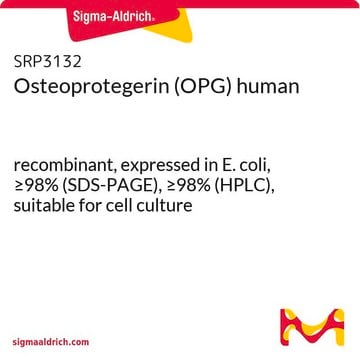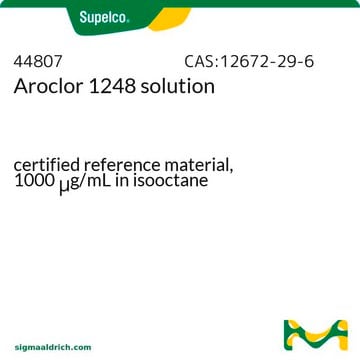SRP6061
VEGFR2 human
recombinant, expressed in insect cells, ≥95% (SDS-PAGE)
Synonym(s):
Fetal liver kinase 1, Kinase insert domain receptor, Protein-tyrosine kinase receptor flk-1
About This Item
Recommended Products
biological source
human
recombinant
expressed in insect cells
Assay
≥95% (SDS-PAGE)
form
lyophilized
mol wt
116
packaging
pkg of 10 μg
storage condition
avoid repeated freeze/thaw cycles
NCBI accession no.
shipped in
wet ice
storage temp.
−20°C
Gene Information
human ... VEGFR2(3791)
General description
Biochem/physiol Actions
Physical form
Preparation Note
Reconstitution
Other Notes
Storage Class Code
13 - Non Combustible Solids
WGK
WGK 3
Flash Point(F)
Not applicable
Flash Point(C)
Not applicable
Certificates of Analysis (COA)
Search for Certificates of Analysis (COA) by entering the products Lot/Batch Number. Lot and Batch Numbers can be found on a product’s label following the words ‘Lot’ or ‘Batch’.
Already Own This Product?
Find documentation for the products that you have recently purchased in the Document Library.
Our team of scientists has experience in all areas of research including Life Science, Material Science, Chemical Synthesis, Chromatography, Analytical and many others.
Contact Technical Service







